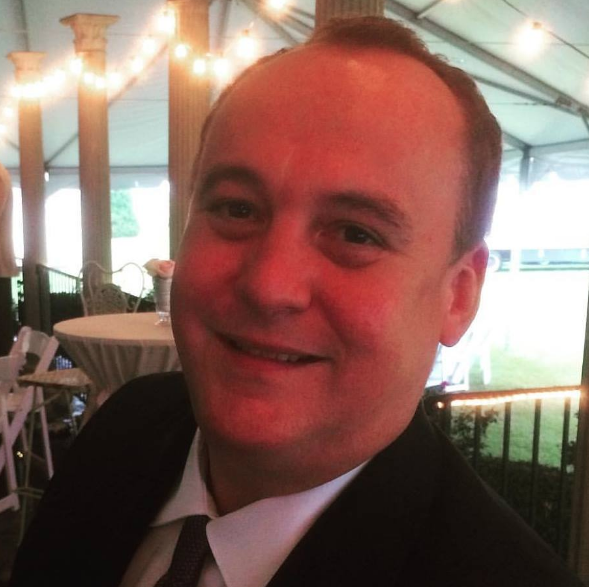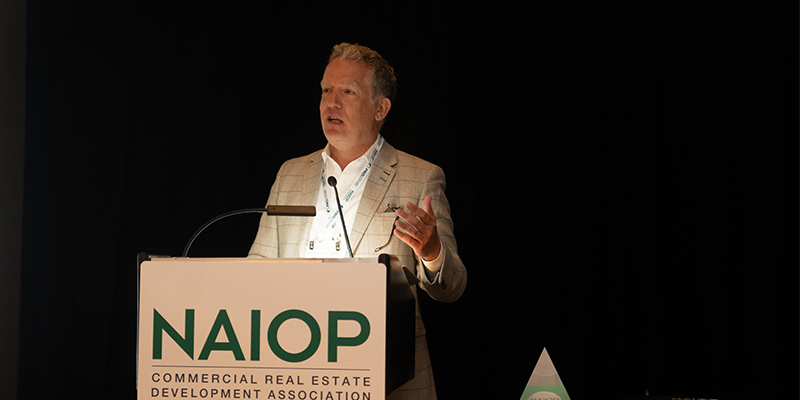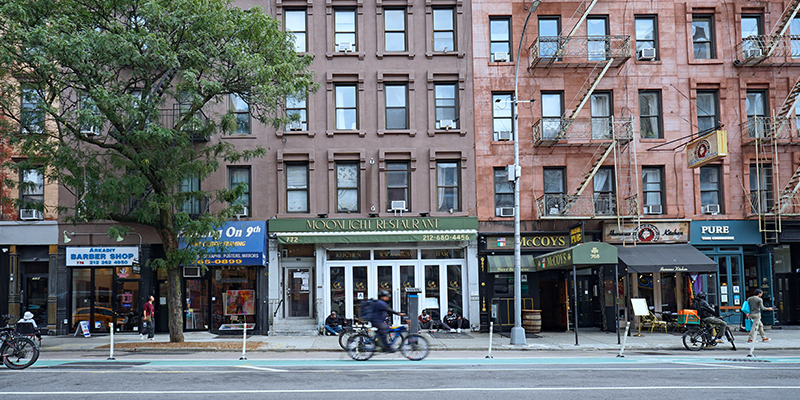Like many industries, commercial real estate has often struggled to make progress on diversity, equity and inclusion (DEI). An interactive session during NAIOP’s Chapter Leadership and Legislative Retreat (CL&LR) in Washington, D.C., in late January explored the “what, why and how” of DEI and how firms in the industry can better implement it.
Rhonda Payne, CAE, the founder and CEO of Flock Theory, opened by discussing personal identity, which Psychology Today defines as “the memories, experiences, relationships and values that create one’s sense of self.” According to Payne, some aspects of each person’s identity are fixed. These include things you were born into, as well as the era in which you exist. Furthermore, there are the choices we make (such as which college to attend or what career to focus on) and the opportunities that are presented to us.
“All these things make up an individual’s identity,” Payne said. “All these contribute to the diversity within a space or team.”
Payne noted that many people have an incomplete concept of diversity, which she emphasized is best seen as a way to describe a group, not an individual.
“Say your company is going to focus on diverse hiring, or your organization wants to have a diverse panel,” she said. “What do you mean by that? Who is normalized and who is othered when you want a diverse hire or diverse panel?”
Payne said there are specific arguments that support DEI in the workplace. The first is the compliance case. This is to forestall legal problems within a company that could have a negative impact on the bottom line.
“It’s necessary, but it’s not the best case for DEI,” Payne said. “It’s the minimum to get by.”
Next is the business case for DEI. According to Payne, diversity creates opportunities for divergent thinking. She cited research from Chicago-based business intelligence platform Cloverpop showing that diverse and inclusive organizations outperform their peers. For example, 87% make better decisions and 70% have higher growth.
“Research shows us that divergent thinking leads to better decision-making,” Payne said. “Cultures that embrace divergent thinking have better outcomes.”
Another case for DEI is the justice case, which Payne said is the best of them all.
“If we only do DEI for the business case, we’re setting ourselves up for a fall,” she said. “We should always center people and their humanity.”
Payne then discussed some concepts in the field of DEI such as equality vs. equity. Equality involves treating everyone the same, while equity aims to treat people in ways that address their unique advantages or barriers.
“If I gave everyone the exact same shoes in the exact same size, that might be equality, but it is not equity,” she said. “Equity would be giving people shoes in their actual shoe sizes.”
Another concept is inclusion. Payne defined it as “authentically bringing traditionally excluded individuals and/or groups into the processes, activities and decision/policy making in a way that shares power.”
“Inclusion is not just about being welcoming,” she said. “It’s not about politeness. It’s about systems of inclusion.”
Belonging is a relatively new concept in DEI, but it’s becoming more prominent (NAIOP’s 2023 Chair Kim Snyder specifically mentioned it during a fireside chat with NAIOP President and CEO Marc Selvitelli, CAE, earlier at CL&LR). Payne defined belonging as “the feeling of security and support when there is a sense of acceptance, inclusion and identity for a member of a certain group. It happens when an individual can be their authentic self without negative repercussions.”
Finally, Payne used a familiar example from the breakfast table to discuss bias and how it operates.
“How many people put their cereal in the bowl before pouring the milk?” she asked. “Does anyone put the milk in first?”
All the attendees indicated that the “right” way to make cereal is to put the cereal first, though Payne pointed out that doing it the other way around could have advantages as well.
“The point is that we believe that is the right way, but you weren’t aware that there was another way,” she said. “It’s the right way because we learned it at a very young age. This is how bias works. It can feel absolute. You can be oblivious to the fact that there are other options.”
Payne urged attendees to become aware of their biases and work to overcome them.
“We categorize things without thinking about it,” she said. “It’s a coping mechanism, and one we need as human beings. But it can lead to stereotyping. It’s our brain trying to save us time and be efficient. Stereotypes can be positive or negative, but they can lead to biases that stick with us. They can lead us into prejudiced thoughts and then to discriminatory actions.”
While bias can manifest itself in hundreds of ways, there are four major types.
Confirmation bias describes the natural attraction people have to information that confirms what they already believe to be true.
Moral licensing describes the credit people give to themselves for performing an ethical act, which they then believe gives them leeway to be less diligent in other areas. For example, a company hires its first female executive and promotes that as an example of its commitment to equity. A few months later, some women in the company protest inadequate parental leave policies. The company rejects the employees’ claims while pointing to the female executive it recently hired as proof that its intentions are good.
Affinity bias is when people gravitate toward things or people that appear similar to them.
Cultural bias involves interpreting other people’s words, manners, behaviors or performance by the standards of the dominant culture instead of their cultural standards.
In conclusion, Payne urged attendees to embrace continuous learning, repetition and reinforcement regarding DEI concepts. “We just forget things,” she said. “The same reason we categorize things is the same reason we forget things. When it comes to learning, you must reintroduce information. Recall and repeat over time until it sticks.”








